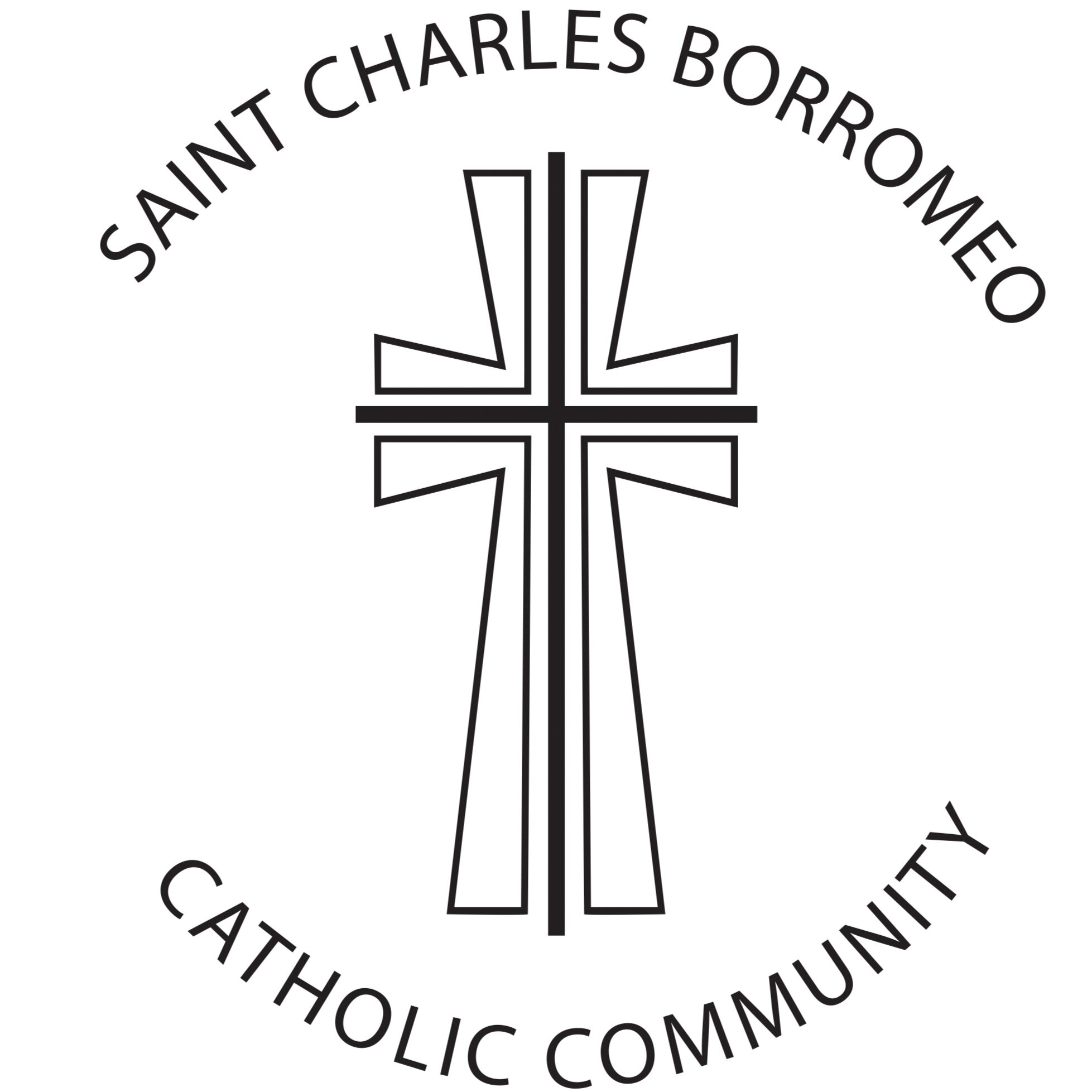
Our History
One June day in 1964, Fr. John Dollard arrived in Livermore, one of a fraternity of priests known in the Oakland Diocese as the “Empty-Lot Fathers”—priests who were assigned to organize new parishes and build churches. Yes, St. Charles Borromeo was in the making. No longer would St. Michael Catholic Church alone serve our town, a ministry it had provided since 1850, the year California became a state.
When Fr. Dollard began to register new parishioners in a little house on Dublin Avenue—in what would be his temporary home and the hub of parish activity—the Second Vatican Council was meeting more than 6,000 miles away in Rome (1962-1965). Vatican II was instituting significant changes that our new parish would soon adopt: revitalize the liturgy, empower the laity, see the installation of the permanent diaconate, and establish ecumenical cooperation.
It would be four years before a permanent church site was secured, so Sunday Mass was celebrated in two unlikely locations: first at the multi-purpose room at Granada High School and a year later at the Vine Theater downtown. Daily Mass and CCD classes were held in parishioners’ homes, while inquiry classes were held at the little house on Dublin Avenue. It seemed fitting, then, that St. Charles Borromeo should adopt the motto, “Not a place where, but a people who.” With no permanent residence, a church structure became less important than spreading the message of Christ’s love and creating a parish that embodied the spirit of a post Vatican II Church.
In 1968, a 12-acre site was secured on Lomitas Avenue—an empty field that housed a ramshackle chicken coop—and the little house on Dublin Avenue, located a mile away, was sold at a profit. The new site was large enough on which to construct a church, rectory, school, gymnasium, and convent. And because a gymnasium could serve multiple purposes, it was constructed first, followed by an adjacent rectory.
On September 15, 1968, the Catholic community of St. Charles Borromeo celebrated Mass in its new church home, a structure that embraced the “Spanish-Oriental” concept that Fr. Dollard had envisioned, staying true to California’s Spanish tradition on the exterior and capturing the Oriental concept of openness inside. Financial constraints would disallow the construction of a school and convent, but in 1978 a small parish hall was built and in 2002 that hall was expanded into what is now the sizable Keeley Center, named after Fr. James Keeley, beloved pastor, from 1976 to 1985.
In 2004, the church was renovated to be the welcoming space that it is today: contemporary wooden chairs and pews replace stackable plastic chairs; a sculptural wooden altar replaces the original, which was faced with an exquisite mosaic rendering of the Last Supper (that mosaic now hangs above the choir space); the ambo is at the center of the church, no longer at the front, near the altar; curved walls soften the once-sharp corners; newer statues replace the originals in the church, while the originals now stand in honored places on church grounds; a reconciliation room replaces the traditional confessionals; and a full-immersion marble font welcomes Sunday guests as they enter the church, replacing the small circular font that stood at the center of the church.
Visitors who enter St. Charles Borromeo Catholic Church today will see that the sacraments are at the heart of our worship. Open one of the two double doors into the lobby and peer over your right shoulder to see our Eucharistic chapel; look straight ahead to the reconciliation room and to our precious holy oils encased in a niche in the wall; step into our church and be greeted by our font of living water, a reminder of our own baptism; look ahead to the ambo, where the sacred Scripture is proclaimed; and look beyond to our beautiful altar, the table around which we as a community gather.
Yes, we are a sacramental church. We are St. Charles Borromeo.
Pastoral Leadership
Rev. John Dollard (1964-1976)
Rev. James Keeley (1976-1985)
Associate: Sr. Marie Weidner, OP; first woman in the diocese to serve in this position
Rev. Vincent Scott (1985-1990)
Associate: Sr. Renee Shields, SHF
Rev. Steve Swenson (1990-1996)
Associate: Sr. Maleada Strange, SNJM (1991-1993)
Associate: Sr. Rebecca Shinas, OP (1993-2003)
Rev. Richard McCafferty, SJ (1996-2003)
Rev. Robert Mendoca (2003-2008)
Rev. Augusto Acob (2008-2012)
Rev. Mark Wiesner (2012-2019)
Associate: Karen Miller (2013-2020)
Rev. Kwame Assenyoh (2019-Dec. 2023)
Rev. Augustine Joseph (Dec. 2023 - present)
Deacons
Ross Hoblitzell
John Durden
Jim Sullivan
Bob Rego
Manny Moya
Gil Pesqueira
Dave Cloyne

